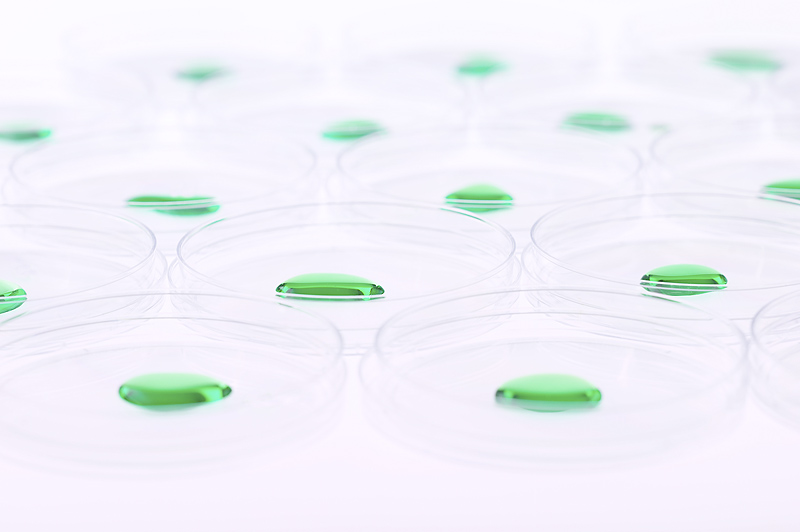
WEDNESDAY, Feb. 22 (HealthDay News) — Melanoma that has spread to other areas of the body is almost always fatal, but a new drug appears to double survival for those with a certain type of this skin cancer, researchers report.
A mutation in the BRAF protein occurs in about half the people who develop melanoma. Researchers say Zelboraf (vemurafenib), a drug approved by the U.S. Food and Drug Administration in 2011, blocks that mutation, thereby killing the cancer cells.
“We demonstrated in a large group of patients overall survival approached 16 months, which is far beyond what we have seen in other trials,” said lead researcher Dr. Jeffrey Sosman, a professor of medicine at the Vanderbilt-Ingram Cancer Center in Nashville, Tenn.
Survival for people with advanced melanoma is usually six to 10 months. Some new drugs have extended that to maybe 11 months, “but this is the first time we have shown such a long extension in survival,” he said.
All of the patients had late-stage (stage 4) melanoma. Sosman said it’s hoped that Zelboraf will work even better when given sooner.
“If we use it in an earlier stage, then we are hoping to cure patients who would not be cured otherwise,” he said.
Results of this phase 2 trial — undertaken to assess the effectiveness and safety of the drug — are published in the Feb. 23 issue of the New England Journal of Medicine.
For more than a year, Sosman’s team followed 132 patients with previously treated metastatic melanoma, meaning the cancer had spread and was considered inoperable.
Zelboraf is a pill that patients take twice a day, and more than half who took the drug responded to it, the researchers said.
A response meant more than a 30 percent reduction in the size of tumors. Only 14 percent of patients failed to show any response to Zelboraf whatsoever, meaning their disease continued to progress.
Previously, no more than 10 percent of patients responded to any of the other available treatments, the researchers said.
The main limitation with Zelboraf is that tumors eventually become resistant.
Side effects include joint and muscle aches, which are fairly easy to manage in most patients, Sosman said.
Some patients also experienced skin changes, including sun sensitivity and rashes. “Patients develop incredible photosensitivity so patients have to be very careful about direct sunlight and use sunscreen as well as just staying out of the bright sun,” Sosman said.
Also, the drug indirectly causes squamous cell cancers of the skin in some patients. “These generally never spread and are easy to remove, and patients who have gotten them can remain on treatment,” Sosman said.
The drug costs around $10,000 a month, Sosman noted. “It’s comparable to other cancer drugs that have shown improvement in survival, but like a lot of cancer drugs, it’s expensive,” he said. “You probably need to take the drug for an indefinite period of time.”
Drug maker Hoffmann-La Roche funded the study.
About 70,000 Americans are diagnosed with melanoma each year. Of these, about 8,000 will die from the disease.
Dr. Michele Green, a dermatologist at Lenox Hill Hospital in New York City, said the study is a leap forward. “This finding is significant in that there is nothing right now for this kind of cancer. It’s basically a death sentence,” she said.
That the researchers showed improved survival is clinically significant, she said, even though “the survival wasn’t that much longer.”
If the drug were given for early-stage melanoma, it’s possible it would improve survival even more, Green said. Eventually, she said the research will lead to a cure for melanoma.
“There’s new hope every single day for melanoma,” she said. “I think in our lifetime we are going to see cures for this cancer.”
More information
For more information on melanoma, visit the U.S. National Library of Medicine.

